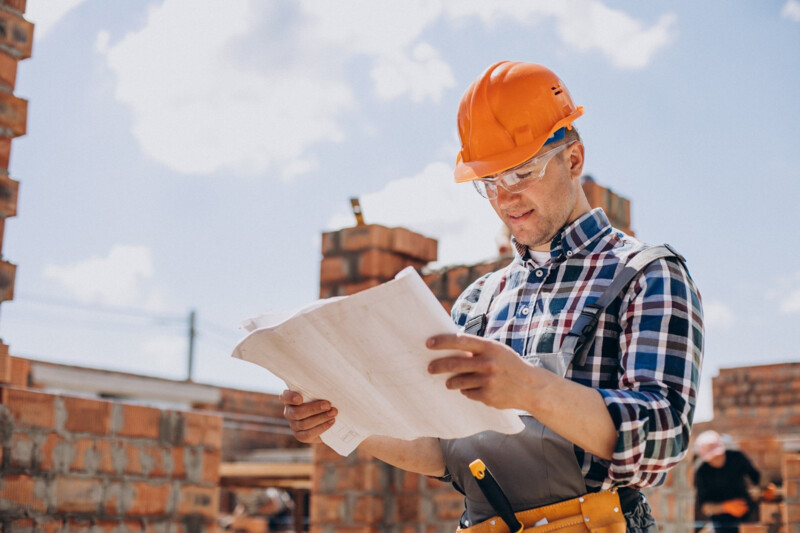Les professionnels du bâtiment émettent plusieurs pistes de réflexion pour contrer la hausse des prix de la construction qui a alimenté celle des coûts de production dans le BTP.
Des coûts de construction qui demeurent élevés
L’Insee a publié en début d’année ses index pour le bâtiment et les travaux publics au titre du 4ème trimestre 2022. Il semble que la décrue amorcée à partir de l’été dernier se soit poursuivie en fin d’année. L’indice tous corps d’état dans le bâtiment s’est ainsi élevé à 126,8 en décembre, contre 127,9 en août. Dans les travaux publics, l’index a diminué en décembre pour atteindre 126,5, contre 129,1 durant l’été 2022.
Les prix de la construction se stabilisent grâce à « la légère baisse des prix de l’acier et des produits pétroliers », indique l’Insee. Pour autant, dans le bâtiment, le coût des matériaux et de l’énergie reste élevé et alimente le phénomène inflationniste. En effet, le coût de la main-d’œuvre représente 40 % de l’index du bâtiment.
Les experts soulignent également que la stabilisation globale des prix cache des disparités importantes selon les différentes activités de la construction. Par exemple, pour la vitrerie-miroiterie, l’indice s’est établi à 148,8 en décembre, soit une hausse de plus de 21 points en un an. La menuiserie PVC et les travaux de carrelage ont atteint de nouveaux sommets, avec des progressions respectives de 12,1 et 11 points en un an.
Les prévisions pour 2023 ne sont pas particulièrement optimistes. « Nous nous attendons davantage à un plateau qu'à une baisse », rapporte Yves Coltier, chargé d’études à l’Insee, au journal Les Echos.
Comment faire baisser les prix de la construction ?
Pour freiner la hausse des prix de la construction et redynamiser la production de logements, les professionnels du BTP ne manquent pas de pistes de réflexion.
Certains professionnels estiment qu’il faut rationaliser la construction. « La baisse des coûts viendra de la répétition », affirme Vincent Legendre, le président du directoire du groupe Legendre. Covivio, acteur immobilier de référence en Europe, dresse le même constate et insiste sur la nécessité d’avoir « des projets plus facilement duplicables ».
Autre piste envisagée : le recours à la préfabrication ou fabrication hors site. Construction plus rapide, réduction des risques ambiants, renforcement du contrôle de la qualité avant la construction, baisse des risques d’incidents sur site… cette technique présente de nombreux avantages.
Interrogé par le journal Les Echos, Vincent Legendre met néanmoins en avant les limites de la préfabrication en matière d’ambition architecturale et suggère de « s’inspirer de l’industrie automobile » en assemblant « des éléments standards à l’intérieur du bâtiment et une coque différente ».
Enfin, l’utilisation des ressources locales dans le domaine de la construction fait débat. Certains professionnels considèrent que cela permettrait de réduire les coûts de transport alors que d’autres pensent que les filières sont encore trop faibles.
Les professionnels avancent plusieurs pistes pour résoudre la crise du logement, mais restent partagés sur celles à privilégier.
